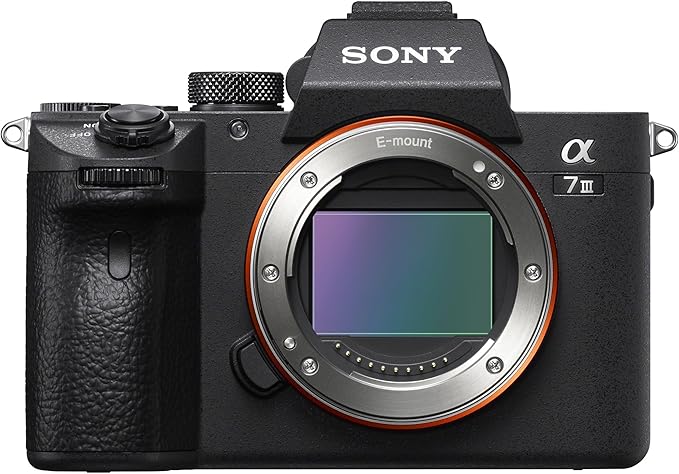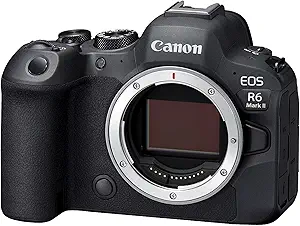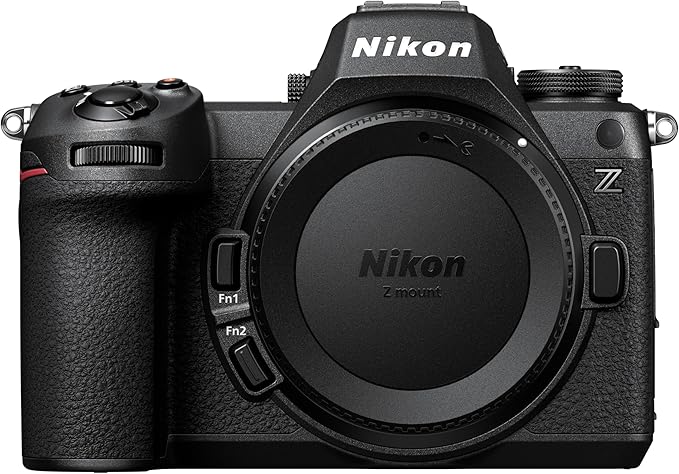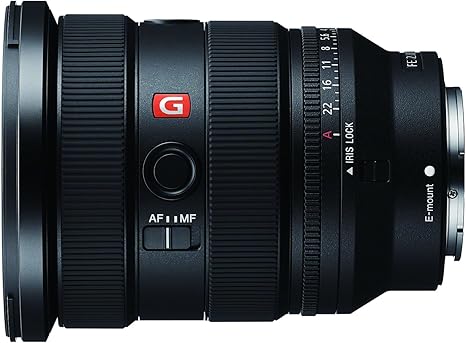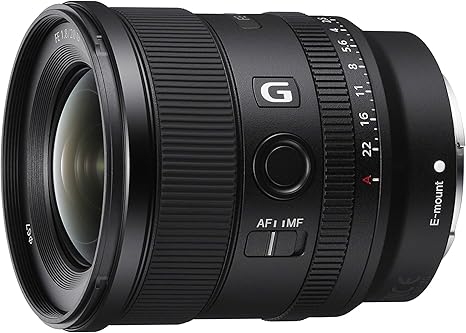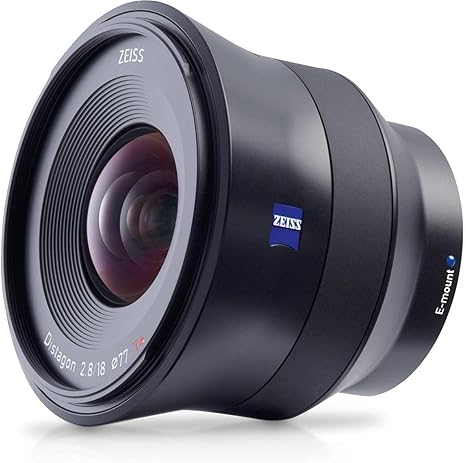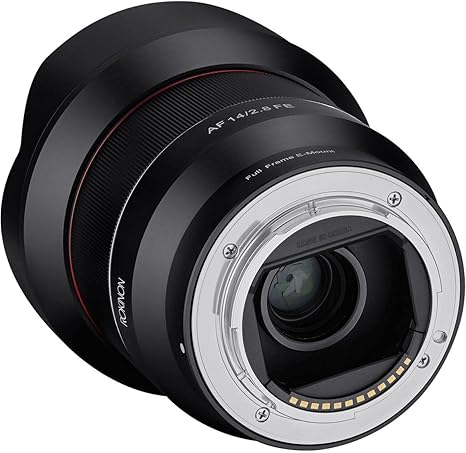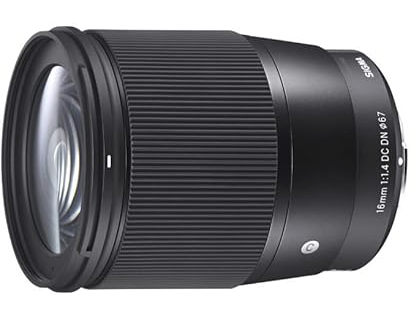What is the recommended focus setting for northern lights photography
Achieving precise focus is crucial in Northern Lights photography to capture sharp and detailed images. Here are some recommended focus settings and techniques for photographing the Northern Lights:
Manual Focus:
Switch your lens to manual focus mode. Autofocus can struggle in low-light conditions, and using manual focus gives you full control over achieving the desired sharpness.
Infinity Focus:
Set your lens to infinity focus. Many wide-angle lenses have an infinity (∞) mark on the focus ring. However, relying solely on the infinity mark may not always guarantee accurate focus due to variations in lenses. It’s a good starting point but may require fine-tuning.
Use Live View:
Activate the Live View mode on your camera’s LCD screen. This allows you to magnify a portion of the frame and check the focus more accurately. Some cameras also offer focus peaking, highlighting in-focus areas.
Zoom In on a Bright Star:
In Live View, zoom in on a bright star or distant light source in the frame. Adjust the focus until the star appears as a pinpoint of light. This method helps achieve critical focus on celestial objects.
Test Shots:
Take test shots and review them on your camera’s LCD screen. Zoom in on the image to check the sharpness of the stars and the overall scene. Make adjustments to the focus if needed.
Avoid Autofocus in Low Light:
Avoid using autofocus in low-light conditions, as it may struggle to lock onto distant stars or the faint light of the auroras. Manually focusing using the steps mentioned above is more reliable even though some newest cameras can focus on stars in a very low light situation.
Mark Your Focus Ring:
Once you achieve the desired focus, consider marking the focus ring with a piece of tape or a paint marker. This can be especially helpful if you plan to shoot in similar conditions and want to quickly set your focus to infinity.
Hyperfocal Distance:
If you prefer a broader depth of field that includes both the Northern Lights and foreground elements, you can use the hyperfocal distance technique. This involves focusing at a specific distance that maximizes depth of field, keeping both near and distant objects in acceptable focus.
Thing to consider
Remember that achieving accurate focus in low-light conditions, especially during Northern Lights displays, may require some trial and error. Take your time to fine-tune the focus, use the features of your camera’s Live View mode, and make adjustments as needed to ensure sharp and well-focused images of the celestial spectacle.

